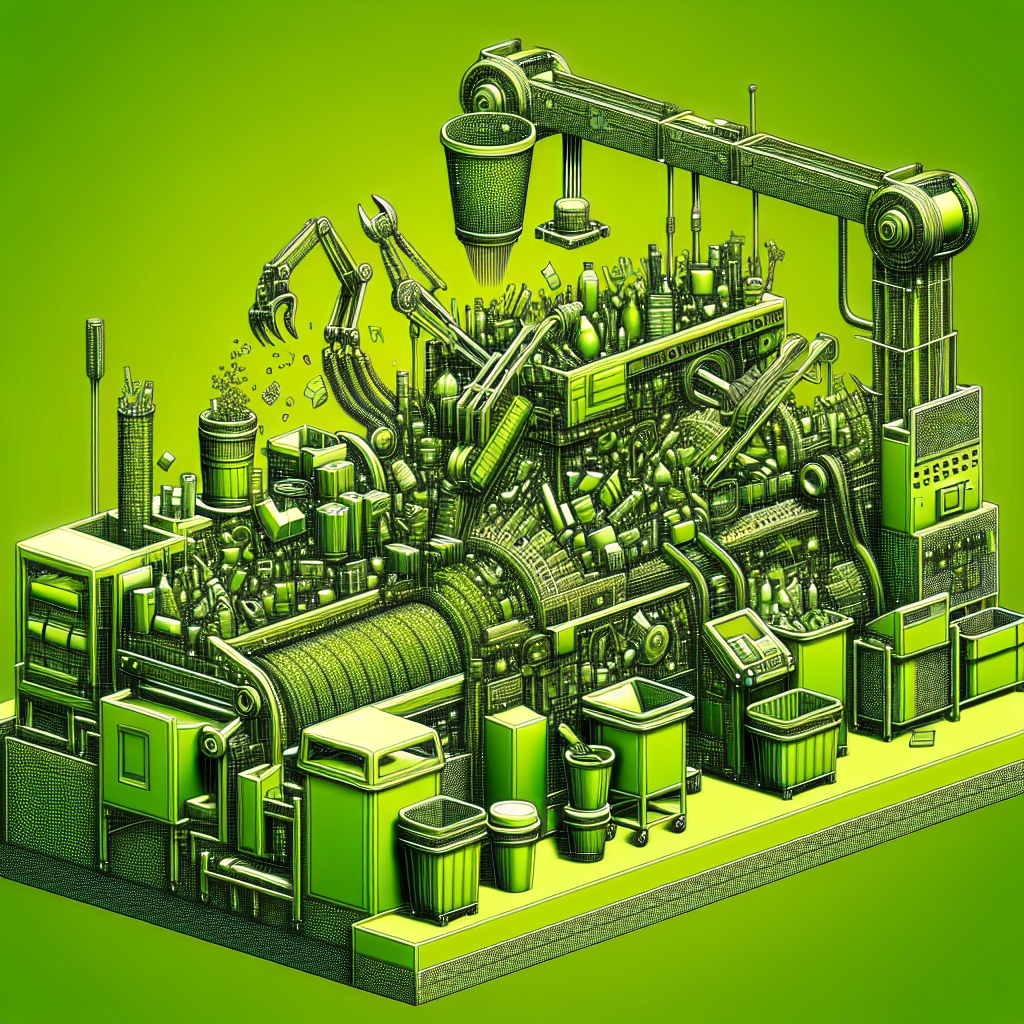Blog Ecobraz Eigre

Machine learning in waste sorting: how to reduce human error
Introduction
Sorting waste is a fundamental stage in efficient and sustainable waste management. However, this process traditionally depends on human interventions that can lead to errors, negatively impacting the quality of the sorting and the final destination of the materials. The application of machine learning has emerged as an innovative solution to minimize these errors, bringing automation, precision and continuous learning capabilities.
What is Machine Learning and its application in waste sorting?
Machine learning is a subfield of artificial intelligence that allows systems to learn and improve their performance in specific tasks without constant explicit programming. In waste sorting, machine learning algorithms can recognize and classify different types of materials automatically, using visual data and sensors to identify physical and chemical properties.
Reducing human errors in sorting
Manual sorting is subject to failure due to factors such as fatigue, distraction and human limitations in quickly and correctly identifying materials. Machine learning helps reduce these errors by offering consistent accuracy and the ability to detect patterns imperceptible to the human eye. This means less cross-contamination between waste and greater recycling efficiency.
How does the system work in practice?
Machine learning systems in waste sorting generally use high-resolution cameras, spectroscopic sensors and neural networks trained to recognize specific materials, such as plastic, metal, glass and paper. The process involves collecting visual and sensor data from the waste, which is analyzed in real time to correctly classify each item and direct it to the appropriate recycling.
Benefits of intelligent automation
In addition to reducing errors, automation with machine learning increases the speed of sorting, enables the handling of large volumes of waste and reduces operating costs in the long term. The system's ability to learn from new data allows it to adapt to changes in material types, for example new plastics or innovative packaging, while maintaining high efficiency.
Challenges and future prospects
Despite the advantages, there are still challenges to the widespread adoption of machine learning in waste sorting. The initial cost of implementation, the need to constantly update learning models and integration with existing systems can all be barriers. However, ongoing research and development indicates that these technologies are likely to become more accessible and essential for urban sustainability.
Conclusion
The use of machine learning in waste sorting represents a significant evolution to reduce human error, increase process efficiency and promote correct recycling. This innovation contributes to improving environmental management and moving towards greener, more responsible cities. Investing in technology for robust waste sorting is a fundamental step towards a sustainable future.

Deixe um comentário
O seu endereço de e-mail não será publicado. Campos obrigatórios são marcados com *